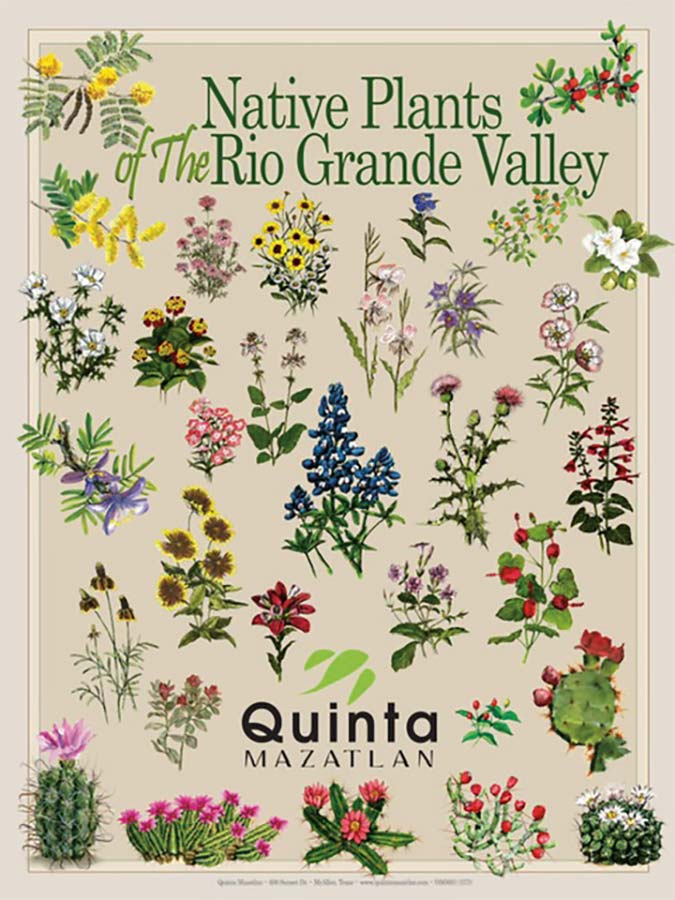
Unveiling the Invisible Paths: Reviewing the Rio Grande Valley Through Native American Maps
Forget the grid lines and compass roses of Western cartography. To truly experience the Rio Grande Valley, one must shed the modern map and instead learn to navigate by the stories, the sacred mountains, the ancient pathways, and the very breath of the land itself. This isn’t a review of a single site, but an invitation to "review" the entire landscape of the Rio Grande Valley through the profound and multifaceted lens of Native American mapping – a system of knowledge far richer and deeper than any paper chart.
Our journey begins not with coordinates, but with an understanding that for the Indigenous peoples of the Rio Grande – the Pueblos, Apache, Navajo, Ute, and others – the land itself was, and remains, the ultimate map. This map is not static; it lives in oral traditions, in petroglyphs etched into ancient rocks, in the migration patterns of animals, the cycles of the sun and moon, and the very memory embedded within generations. To travel the Rio Grande with this perspective is to unlock a dimension of understanding that transforms a scenic drive into a pilgrimage, a hike into a narrative, and a visit to an ancient dwelling into a conversation with history.
The "Location": The Rio Grande Valley as a Living Atlas

The Rio Grande Valley, stretching from the San Juan Mountains in the north down through the desert landscapes of New Mexico, is our expansive "location." But instead of seeing it as a collection of towns and natural features, Native American maps present it as an interconnected web of meaning. The river itself, Posoge to the Tewa people, Tó Ba’áadi to the Navajo, is the central artery, not merely a waterway but a source of life, a sacred entity that dictated settlement, agriculture, and movement.
This indigenous "map" charts not just physical features but spiritual significance. The Sandia Mountains, guarding Albuquerque, are not just a geological formation but a sacred boundary, a place of emergence, and a source of powerful stories. The Sangre de Cristo Mountains, towering over Santa Fe, are imbued with ancestral spirits and ceremonial pathways. Every spring, every mesa, every prominent rock formation carries a name, a story, a history of human interaction and spiritual resonance that Western maps simply cannot convey.
The "Mapping Tools": Beyond Paper and Ink
How do these "maps" manifest?

-
Oral Traditions and Storytelling: Perhaps the most potent mapping tool is the spoken word. Ancestral stories are mnemonic devices, guiding people through territories, detailing resource locations, recounting migrations, and embedding moral lessons within geographical narratives. To hear the story of how a particular rock formation came to be, or the journey a clan undertook to reach their current home, is to be given a spatial and temporal map far more intricate than any modern GPS. These stories connect specific places to events, spirits, and ancestors, creating a rich tapestry of meaning that guides and informs.
-
Sacred Geography: The landscape itself is organized by spiritual significance. Mountains are often seen as sacred guardians, sky altars, or places of emergence. Rivers are lifeblood. Springs are vital points of renewal and ceremony. These aren’t just points on a map; they are living entities that dictate the flow of ceremonial cycles, hunting routes, and social interactions. Understanding which mountains are considered sacred by a particular Pueblo, or which springs are associated with healing, provides a spiritual overlay to the physical landscape.
-
Pathways and Networks: Before roads, there were trails. Ancient trade routes crisscrossed the valley, connecting disparate communities, facilitating the exchange of goods, ideas, and people. These pathways, often following natural contours, water sources, and passes, were meticulously known and memorized. While many are now obscured or paved over, their memory persists in the landscape, in archaeological sites, and in tribal histories. To walk a segment of an ancient trail, even a reconstructed one, is to follow the footsteps of millennia, guided by an invisible map of human endeavor.
-
Resource Mapping: Survival in the high desert demands intimate knowledge of the environment. Native American maps included precise knowledge of seasonal plant availability, hunting grounds for deer and antelope, fishing spots, and sources of medicinal herbs, clay, and stone. This detailed ecological map was passed down through generations, ensuring sustainability and survival. A traveler who learns to identify even a few native plants and their uses begins to glimpse this profound level of environmental literacy.
-
Celestial Navigation: The sun, moon, and stars were fundamental guides. Sun Daggers at Fajada Butte in Chaco Canyon, though not directly in the Rio Grande Valley, exemplify the sophisticated astronomical knowledge used to mark solstices and equinoxes, crucial for agricultural cycles and ceremonial timing. These celestial events acted as calendars and compasses, orienting communities within time and space.
-
Petroglyphs and Rock Art: These ancient etchings are perhaps the most tangible "maps" we can still observe. Sites like Petroglyph National Monument near Albuquerque are outdoor galleries of symbols, figures, and patterns. While many meanings are lost or sacred, some petroglyphs clearly depict pathways, astronomical observations, clan symbols, and important landmarks. They are not maps of the land in a Western sense, but rather maps on the land, marking sacred spaces, recording journeys, and communicating across generations. They are an enduring physical record of indigenous thought and presence.
![]()

Experiencing the "Map" Today: A Traveler’s Guide
To "review" the Rio Grande Valley through this indigenous lens is to engage in a profound shift in perception. Here’s how a traveler can begin to see these invisible maps:
-
Visit Pueblo Communities (with Respect): Many of the 19 Pueblo tribes of New Mexico welcome visitors. Places like Taos Pueblo, Acoma Sky City, and Isleta Pueblo offer glimpses into living cultures deeply connected to their ancestral lands. Engage with tribal guides, visit cultural centers, and observe traditional dances (when permitted and appropriate). This direct interaction offers invaluable insights into the stories and traditions that form their spatial understanding. Always remember to be respectful of cultural protocols, ask permission before taking photos, and recognize that these are living communities, not just tourist attractions.
-
Explore Ancient Sites: Places like Bandelier National Monument, Chaco Culture National Historical Park (a bit west but culturally connected), and Petroglyph National Monument are open windows into ancient Pueblo life. Hiking through cliff dwellings, kivas, and rock art sites allows one to walk the very paths of ancestors and observe the physical markers they left behind. Imagine these structures and symbols as points on a vast, intricate map.
-
Hike the Landscape with New Eyes: Instead of merely admiring the scenery, ask yourself: What stories does this mesa hold? What resources would this river provide? Which way would ancient people have traveled through this pass? Seek out trails that follow ancient routes or lead to significant natural features. Learning about local flora and fauna, and observing the subtle changes in elevation and ecosystem, starts to reveal the valley’s inherent logic.
-
Engage with Cultural Centers and Museums: Institutions like the Indian Pueblo Cultural Center in Albuquerque or the Museum of Indian Arts & Culture in Santa Fe offer essential context, historical information, and interpretive exhibits that explain Native American worldviews, including their relationship to the land and their ways of mapping it. These are crucial starting points for understanding.
-
Learn Place Names: Many English place names in the Rio Grande Valley are translations or corruptions of original Indigenous names. Learning the original names and their meanings (where accessible and appropriate) offers a direct link to the indigenous understanding of a place’s essence and history.
The "Review": A Transformative Experience
To "review" the Rio Grande Valley through Native American maps is to realize that the land is not merely inert geography, but a repository of history, spirituality, and knowledge. It is to understand that every mountain, river, and canyon holds a story, a purpose, and a connection to the people who have lived there for millennia.
The "pros" of this approach are immense:
- Deeper Understanding: You move beyond superficial sightseeing to a profound appreciation of the valley’s cultural and historical layers.
- Enhanced Connection: You begin to feel a stronger connection to the land and its ancient inhabitants.
- Respect for Indigenous Cultures: You gain a greater respect for the sophisticated knowledge systems and enduring resilience of Native American peoples.
- Unique Travel Perspective: It transforms a standard trip into an educational and spiritually enriching journey.
The "cons" are minimal but important:
- Requires Effort: This isn’t passive tourism; it demands research, open-mindedness, and a willingness to learn.
- Respectful Engagement: It requires sensitivity and respect for living cultures and sacred sites, meaning some knowledge or places may not be fully accessible to outsiders.
In conclusion, the Rio Grande Valley, when viewed through the "maps" of its Indigenous peoples, ceases to be just a beautiful landscape. It becomes a vibrant, living atlas – a place where the past breathes in the present, where every feature tells a story, and where the land itself is a continuous, unfolding narrative. It is a profound and essential "review" that promises not just a trip, but a truly transformative journey into the heart and soul of this ancient and enduring land. To travel this way is to honor the invisible paths, to listen to the whispers of the wind, and to finally see the Rio Grande Valley not just as it is, but as it has always been: a sacred and meticulously mapped homeland.


